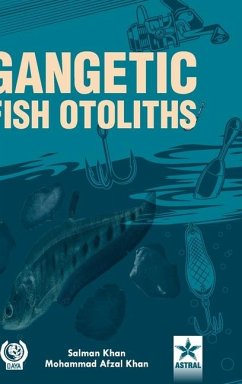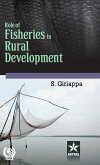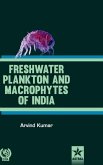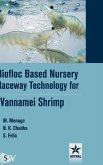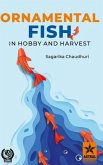In view of the increasing global interest in the studies related to the fish otoliths for various purposes such as academics, research and fisheries resource management, this book provides useful information on otoliths from the Gangetic fishes. This book consists of photographs and descriptions of the otoliths of 51 species belonging to 17 families viz., Channidae, Gobiidae, Nandidae, Ambassidae, Schilbeidae, Clariidae, Sisoridae, Heteropneustidae, Bagridae, Siluridae, Cobitidae, Mastacembelidae, Belonidae, Clupeidae, Notopteridae, Mugilidae, Cyprinidae, which are distributed in eight orders. As of now, there is no such publication in the available literature. The Gangetic river system harbours many fish species which are commonly found in many other Asian countries such as Carps (Indian Major Carps), Mystus sp., Sperata sp., Channa sp., etc. However, studies on freshwater fish otoliths from Asian countries especially the Indian sub-continent are scanty. Thus, we do believe that information on otoliths of common freshwater fishes may be of great interest and use not only to students, academicians and researchers but also to fishery managers. On account of being metabolically inert, acellular and growing proportionately to the indeterminate growth pattern of the fish body, the otoliths offer several useful applications in natural resource management of fish populations based on their morphological, morphometrics and chemical characteristics. Some of the popular applications of otoliths are in deciphering fish stocks, identification of breeding, nursing and feeding grounds, and fish habitat reconstruction. Also, feeding habitats of aquatic piscivores may be studied using otoliths.

